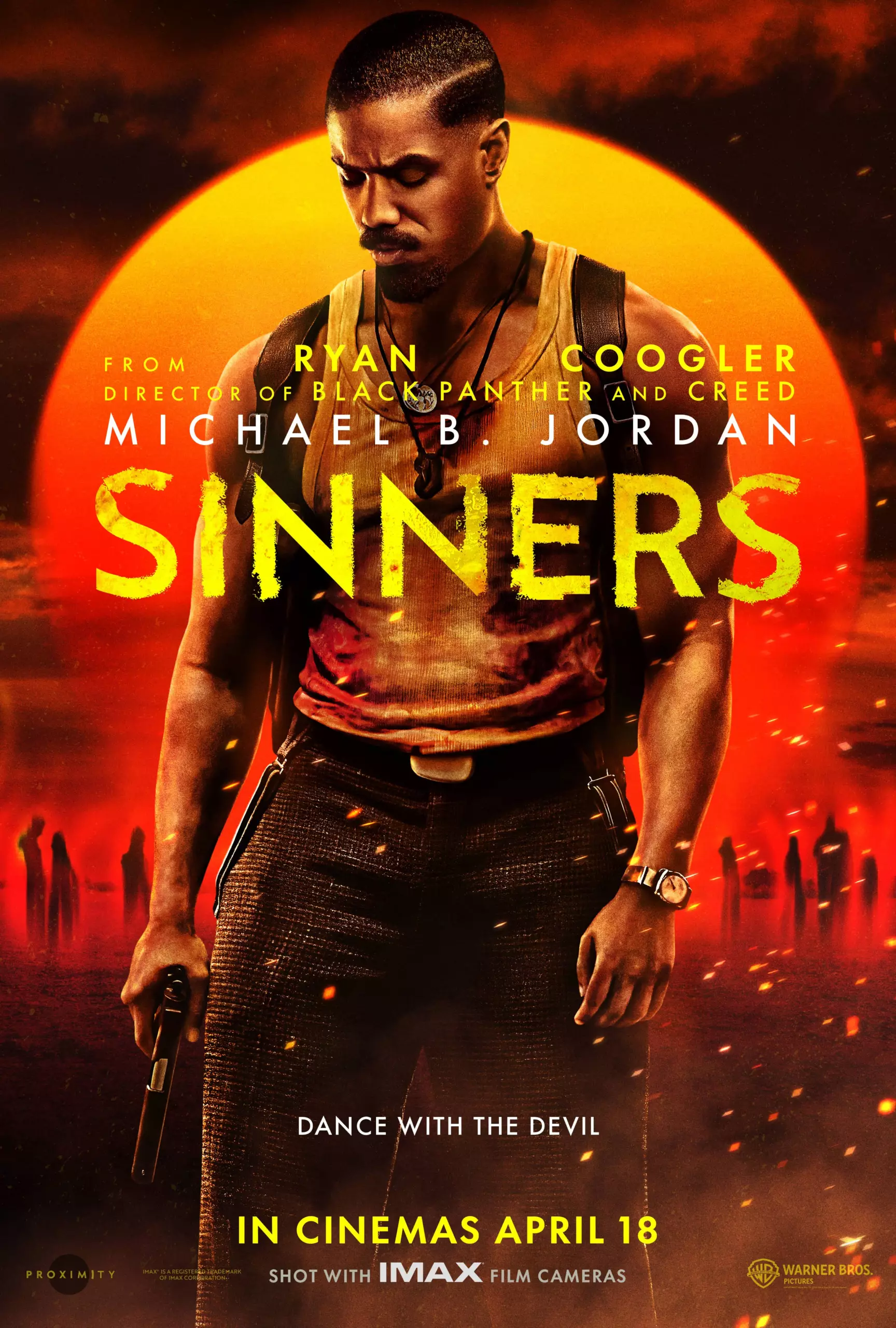Ryan Coogler, renowned for his impactful storytelling in films like Black Panther and Creed, is poised to explore new themes in his latest movie, Sinners. Coogler teams up once more with the charismatic Michael B. Jordan, who takes on a dual role as twin brothers. Upon returning to their hometown, the brothers stumble upon a foreboding presence that compels them to confront not only the supernatural but also the deeper, often painful complexities of their own history.
In contrast to Coogler’s previous works, Sinners showcases his willingness to step out of his comfort zone and experiment with the horror genre. Coogler states, “It was my first time experimenting with the genre head-on, and I loved it.” This enthusiasm highlights his aspiration to weave intricate narratives that captivate audiences, making Sinners not merely a horror film but a multifaceted exploration of humanity.
Promotional materials for Sinners have left audiences intrigued, hinting at a range of supernatural entities that the twins will face. While earlier trailers presented a veil of ambiguity, the latest offerings provide clearer glimpses into the sinister forces lurking within the confines of their hometown. Coogler teases the audience with statements that underscore the genre-blending nature of the film. “It’s a genre-fluid film,” he explains, indicating a narrative that transcends traditional boundaries. Coogler’s artful restraint in revealing too much fuels the allure, sparking questions around the nature of the threats faced by the brothers.
The question of whether the threats are conventional horror staples like vampires is met with careful evasion. Coogler emphasizes, “It’s really about a lot more than just that.” This cultivated ambiguity serves a dual purpose: it enhances the film’s suspense while allowing it to stand apart from typical horror experiences. By walking this fine line, Coogler draws viewers into a tantalizing web of plots and subplots that promise not only chills but profound revelations.
Coogler credits various cinematic and literary influences that inform the unique vision of Sinners. DIY genre cinema from directors such as Robert Rodriguez and John Carpenter infuses a sense of nostalgia, while also serving as a framework for modern reinterpretation. He notes, “There’s a lot of Carpenter in the film,” emphasizing his intent to honor traditional horror roots while breathing new life into them.
Perhaps even more striking are Coogler’s literary inspirations, notably Stephen King’s Salem’s Lot and the evocative storytelling of The Twilight Zone. He expresses a deep appreciation for how these works grappled with community dynamics, saying, “Salem’s Lot is about the town,” suggesting that Sinners will delve into the social fabric of its setting. This multi-layered approach invites viewers to consider not just the horrors present but the complex human connections and histories that breed them.
Sinners boasts an impressive ensemble cast, including talented actors such as Hailee Steinfeld, Delroy Lindo, and Wunmi Mosaku. Coogler’s admiration for the cast is palpable; he notes, “I feel like I’m the luckiest guy in the business.” The lack of pre-existing material gives the actors an opportunity to fully inhabit their roles, fostering a genuine sense of camaraderie among the ensemble. “They really made a community while we were shooting down in the south,” Coogler recounts, reflecting on how the actors’ commitment translates to on-screen authenticity.
The cast’s palpable energy is anticipated to resonate with audiences, evoking feelings of empathy, horror, and perhaps even nostalgia. With no preconceived notions based on characters from books or comics, viewers will be experiencing these nuanced portrayals for the first time, amplifying the emotional depth and engagement with the film.
At its core, Sinners emerges as a deeply personal project for Coogler, stemming from his own familial connections and experiences. He speaks candidly about losing his uncle James, whose life and legacy informed the emotional landscape of the film. “It’s very personal,” he affirms, illustrating the significance of memory and legacy in shaping narrative identity.
Through horror, Coogler aims to connect with the audience on a deeper level, drawing parallels between personal histories and collective experiences. He poignantly asks, “Were our grandparents like this?” This specular question invites audiences to engage in introspection, fostering a dialogue around the complexities of heritage, trauma, and cultural identity.
As the release date for Sinners approaches, audience excitement and anticipation are palpable. Coogler has emphasized his desire for viewers to experience the film in a communal setting, remarking that “it was made to be seen with a crowd.” Emphasizing modern viewing experiences, he expresses hope that audiences will be attracted to the film’s immersive qualities presented through larger-than-life formats.
With Sinners, Coogler invites viewers into a visceral experience combining horror, community, and profound storytelling. As audiences prepare for its release, the film stands as a potential landmark in the horror genre, beckoning viewers to confront their fears and embrace their own narratives in the process.

